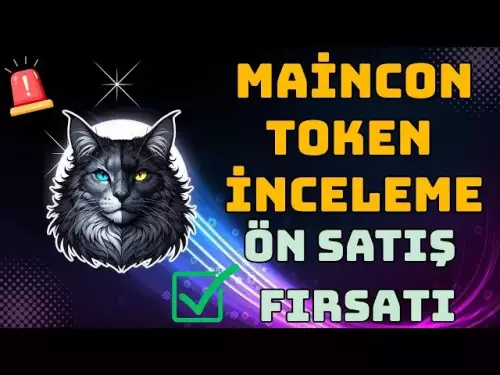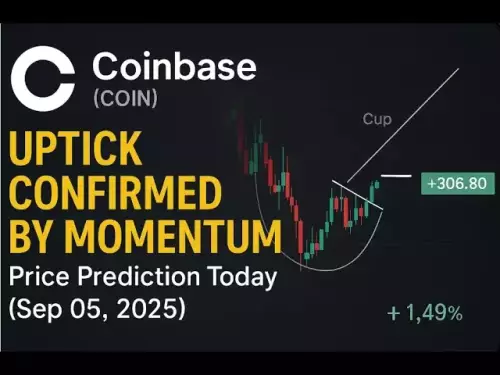-
 Bitcoin
Bitcoin $111400
0.98% -
 Ethereum
Ethereum $4328
0.50% -
 XRP
XRP $2.853
1.69% -
 Tether USDt
Tether USDt $1.000
0.00% -
 BNB
BNB $850.5
0.51% -
 Solana
Solana $205.1
0.70% -
 USDC
USDC $1.000
0.02% -
 Dogecoin
Dogecoin $0.2182
2.76% -
 TRON
TRON $0.3328
-0.55% -
 Cardano
Cardano $0.8346
3.00% -
 Hyperliquid
Hyperliquid $46.94
4.58% -
 Chainlink
Chainlink $22.41
-0.17% -
 Ethena USDe
Ethena USDe $1.001
0.01% -
 Sui
Sui $3.411
4.32% -
 Bitcoin Cash
Bitcoin Cash $611.2
3.75% -
 Stellar
Stellar $0.3604
2.04% -
 Avalanche
Avalanche $24.43
0.02% -
 Hedera
Hedera $0.2195
3.37% -
 Cronos
Cronos $0.2665
0.14% -
 UNUS SED LEO
UNUS SED LEO $9.533
0.25% -
 Litecoin
Litecoin $113.1
2.41% -
 Toncoin
Toncoin $3.101
-0.17% -
 Shiba Inu
Shiba Inu $0.00001244
2.94% -
 Polkadot
Polkadot $3.831
1.65% -
 Uniswap
Uniswap $9.445
1.92% -
 Dai
Dai $0.9999
-0.01% -
 Monero
Monero $267.3
-0.05% -
 Ethena
Ethena $0.6887
6.20% -
 Aave
Aave $305.4
-1.32% -
 World Liberty Financial
World Liberty Financial $0.1785
-3.15%
How to see all transactions for a specific token
To track token transactions on-chain, use the token’s contract address on a blockchain explorer like Etherscan—this unlocks all transfers, swaps, and smart contract interactions.
Sep 05, 2025 at 08:36 am
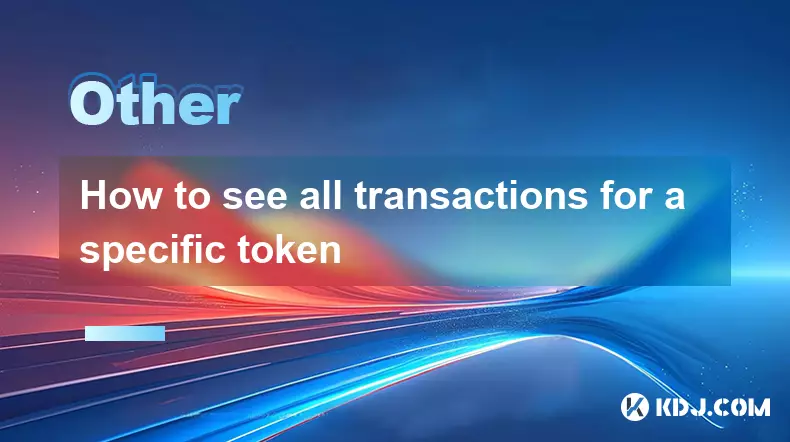
Understanding Token Transactions on the Blockchain
1. Every token transaction on a blockchain is recorded as part of a public ledger, making it accessible to anyone with the right tools. These transactions include transfers, swaps, and interactions with smart contracts. To view all transactions related to a specific token, one must identify the token contract address first. This unique identifier allows blockchain explorers to filter data specifically tied to that token.
2. Most tokens on networks like Ethereum follow standards such as ERC-20 or ERC-721. These standards ensure uniformity in how transactions are recorded and accessed. Once the token’s contract address is known, users can use blockchain explorers like Etherscan, BscScan, or PolygonScan to retrieve detailed transaction histories.
3. The token contract address is the key to unlocking all associated transaction data. Without it, searching for transactions becomes nearly impossible due to the vast amount of data on the blockchain. This address is usually available on the project’s official website, whitepaper, or through cryptocurrency tracking platforms like CoinMarketCap or CoinGecko.
Using Blockchain Explorers to Track Token Activity
1. After obtaining the token contract address, navigate to a blockchain explorer compatible with the network the token operates on. For Ethereum-based tokens, Etherscan is the most widely used. Paste the contract address into the search bar and press enter.
2. The resulting page will display an overview of the token, including total supply, number of holders, and recent transactions. To view all transactions, click on the “Transactions” tab. This section lists every movement involving the token, including transfers between wallets and interactions with decentralized exchanges.
3. Filters can be applied to sort transactions by type, such as “Transfer,” “Mint,” or “Burn.” Some explorers also allow users to filter by date range or specific wallet addresses. This functionality is particularly useful for tracking large movements or identifying suspicious activity.
4. Each transaction entry includes the sender, recipient, timestamp, and exact token amount transferred. Clicking on an individual transaction reveals additional details like gas fees, block number, and internal smart contract calls, providing a complete picture of the transaction’s execution.
Advanced Methods for Comprehensive Transaction Analysis
1. For users needing deeper insights, API access provided by blockchain explorers enables automated data retrieval. By using the Etherscan API or similar services, developers can pull transaction lists programmatically and analyze them using custom scripts or dashboards.
2. Tools like Dune Analytics allow users to write SQL queries to explore blockchain data. Pre-built dashboards for popular tokens often include visualizations of transaction volume, whale movements, and holder distribution over time.
3. Wallet tracking services such as Nansen or Arkham Intelligence offer enriched data by labeling wallet addresses (e.g., “Binance Hot Wallet” or “Team Wallet”). These platforms can show all token transactions linked to specific entities, helping users understand market dynamics and investor behavior.
4. Real-time alerts can be set up to monitor new transactions involving a specific token or address. This is especially valuable for traders, auditors, or project teams who need to stay informed about on-chain activity without manually checking explorers.
Frequently Asked Questions
How do I find the contract address of a token?The contract address is typically listed on the project’s official website, in its whitepaper, or on cryptocurrency data platforms like CoinMarketCap or CoinGecko. On these sites, navigate to the token’s page and look for a section labeled “Contract” or “Explorer.”
Can I see token transactions without knowing the contract address?No, the contract address is essential for filtering and retrieving accurate transaction data. Searching by token symbol alone is unreliable because multiple tokens can share the same ticker across different blockchains.
Are all token transactions visible on blockchain explorers?Yes, all transactions recorded on a public blockchain are visible. However, private or permissioned blockchains may restrict access. On public chains like Ethereum or Binance Smart Chain, transparency is a core feature.
Why do some transactions show “Contract Interaction” instead of “Transfer”?“Contract Interaction” indicates the transaction involved a smart contract function beyond a simple transfer, such as staking, swapping, or minting tokens. These actions trigger code execution within the contract and are categorized separately.
Disclaimer:info@kdj.com
The information provided is not trading advice. kdj.com does not assume any responsibility for any investments made based on the information provided in this article. Cryptocurrencies are highly volatile and it is highly recommended that you invest with caution after thorough research!
If you believe that the content used on this website infringes your copyright, please contact us immediately (info@kdj.com) and we will delete it promptly.
- Hyperliquid, USDH Stablecoin, and DeFi Growth: A New Era?
- 2025-09-06 03:50:12
- Solana's Tug-of-War: Bulls vs. Sellers – Who's Winning?
- 2025-09-06 02:45:16
- Crypto Tokens, SEC Regulation, and Market Explosion: Navigating the Web3 Revolution
- 2025-09-06 02:45:16
- Crypto Coins in 2025: Spotting the Next Big Investment
- 2025-09-06 03:05:15
- Altcoins: Profit Potential or High-Risk Gamble?
- 2025-09-06 03:05:15
- Ethereum Price, PEPE Coin, and Layer 2s: What's the Hype?
- 2025-09-06 03:16:35
Related knowledge

How to see all transactions for a specific token
Sep 05,2025 at 08:36am
Understanding Token Transactions on the Blockchain1. Every token transaction on a blockchain is recorded as part of a public ledger, making it accessi...

How to find the block height of a transaction
Sep 04,2025 at 08:37pm
Understanding Block Height in Blockchain Transactions1. Block height refers to the number of blocks that have been confirmed on the blockchain since i...
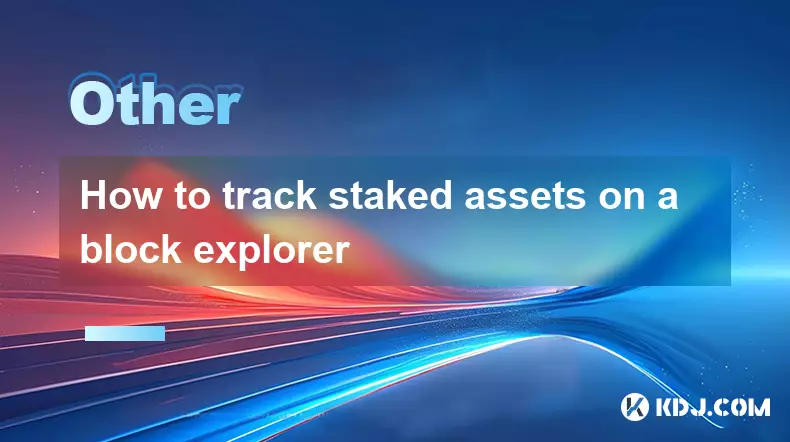
How to track staked assets on a block explorer
Sep 05,2025 at 04:18am
Understanding Staked Assets on the Blockchain1. Staked assets refer to cryptocurrency tokens locked in a smart contract or validator node to support n...
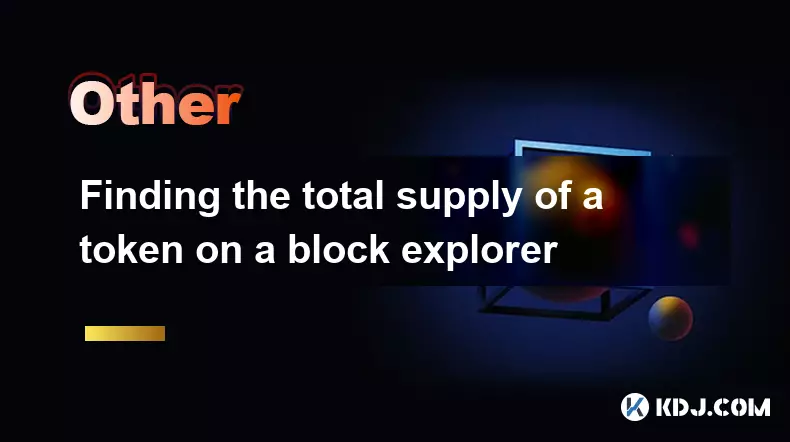
Finding the total supply of a token on a block explorer
Sep 04,2025 at 07:00pm
Finding Token Supply Information on Block Explorers1. Navigate to a blockchain explorer such as Etherscan, BscScan, or Solscan depending on the networ...
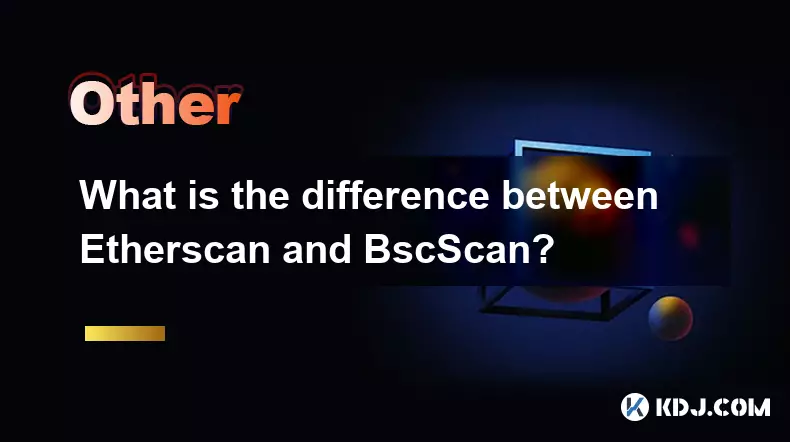
What is the difference between Etherscan and BscScan?
Sep 04,2025 at 07:55pm
Differences in Blockchain Networks1. Etherscan operates exclusively on the Ethereum blockchain, providing transparency and data tracking for all trans...
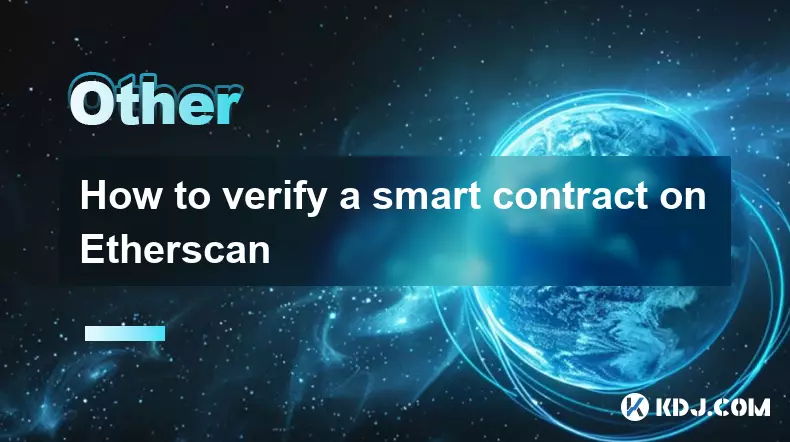
How to verify a smart contract on Etherscan
Sep 05,2025 at 05:18am
Understanding Smart Contract Verification1. Smart contract verification on Etherscan allows developers to prove the authenticity of their deployed cod...

How to see all transactions for a specific token
Sep 05,2025 at 08:36am
Understanding Token Transactions on the Blockchain1. Every token transaction on a blockchain is recorded as part of a public ledger, making it accessi...

How to find the block height of a transaction
Sep 04,2025 at 08:37pm
Understanding Block Height in Blockchain Transactions1. Block height refers to the number of blocks that have been confirmed on the blockchain since i...

How to track staked assets on a block explorer
Sep 05,2025 at 04:18am
Understanding Staked Assets on the Blockchain1. Staked assets refer to cryptocurrency tokens locked in a smart contract or validator node to support n...

Finding the total supply of a token on a block explorer
Sep 04,2025 at 07:00pm
Finding Token Supply Information on Block Explorers1. Navigate to a blockchain explorer such as Etherscan, BscScan, or Solscan depending on the networ...

What is the difference between Etherscan and BscScan?
Sep 04,2025 at 07:55pm
Differences in Blockchain Networks1. Etherscan operates exclusively on the Ethereum blockchain, providing transparency and data tracking for all trans...

How to verify a smart contract on Etherscan
Sep 05,2025 at 05:18am
Understanding Smart Contract Verification1. Smart contract verification on Etherscan allows developers to prove the authenticity of their deployed cod...
See all articles





















